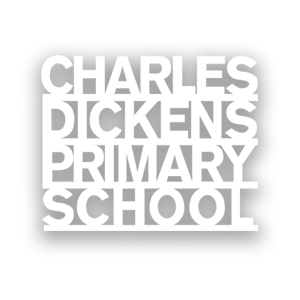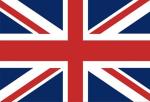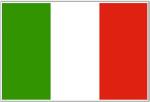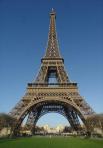This term Ms Adams, our Head of Geography, organised an Interhouse Geography Competition to encourage all pupils to learn more key geography facts. Everyone did brilliantly and lots of pupils won prizes for their new found general knowledge! A big thank you to Ms Adams for inspiring us!
Why not have a go at the KS2 quiz questions, including the year 5 and 6 ‘India Round’ to support their topic on India – you will need a world map which you can download below. Use an atlas and google to check your answers! If you can’t find out an answer then post your questions in the comment box and we will try to help.
Let us know how you got on!
map of the world to label
World round
1) Label the 7 continents on the world map.
2) Label the 6 oceans on the world map.
3) Label, UK, China, India, Australia, France, Russia, Brazil, Canada, USA.
4) Can you name the capital cities of France, Spain, Ireland, Italy?
Picture round
1) What do these anagrams say? OREUPE DINAI LNONOD
2) Can you name the country these national flags (see images below) belong to?
3) Which countries are these famous landmarks (see images below) in?
India round
1) What is the capital city of India?
2) Name two other cities in India.
3) What is the famous River in India called?
4) Name 3 neighbouring countries.
5) What is the name of the bay surrounding India?
6) What is the ocean surrounding India?
7) What city is the Taj Mahal in?
Complete these sentences:
India is the _____________ biggest county in the world
India is _____________ most populous county in the world
UK round
Download this UK map – uk map to label
1) What are the four countries that make up the UK
2) Label London, Birmingham, Edinburgh, Dublin, Cardiff on your UK map
3) Label the two seas that surround the UK
4) What continent is the UK in?
5) Name 4 famous London landmarks.
6) What is the name of the River than runs through London?












